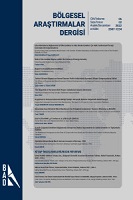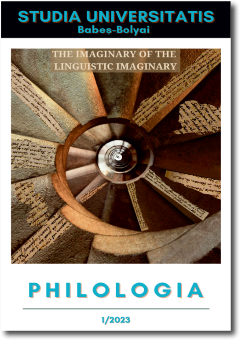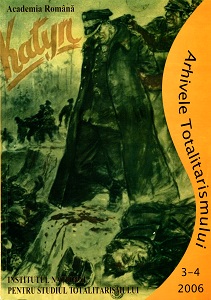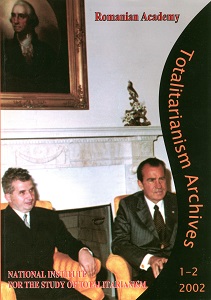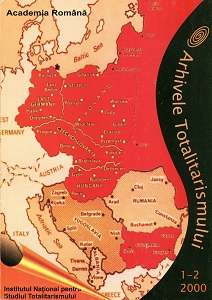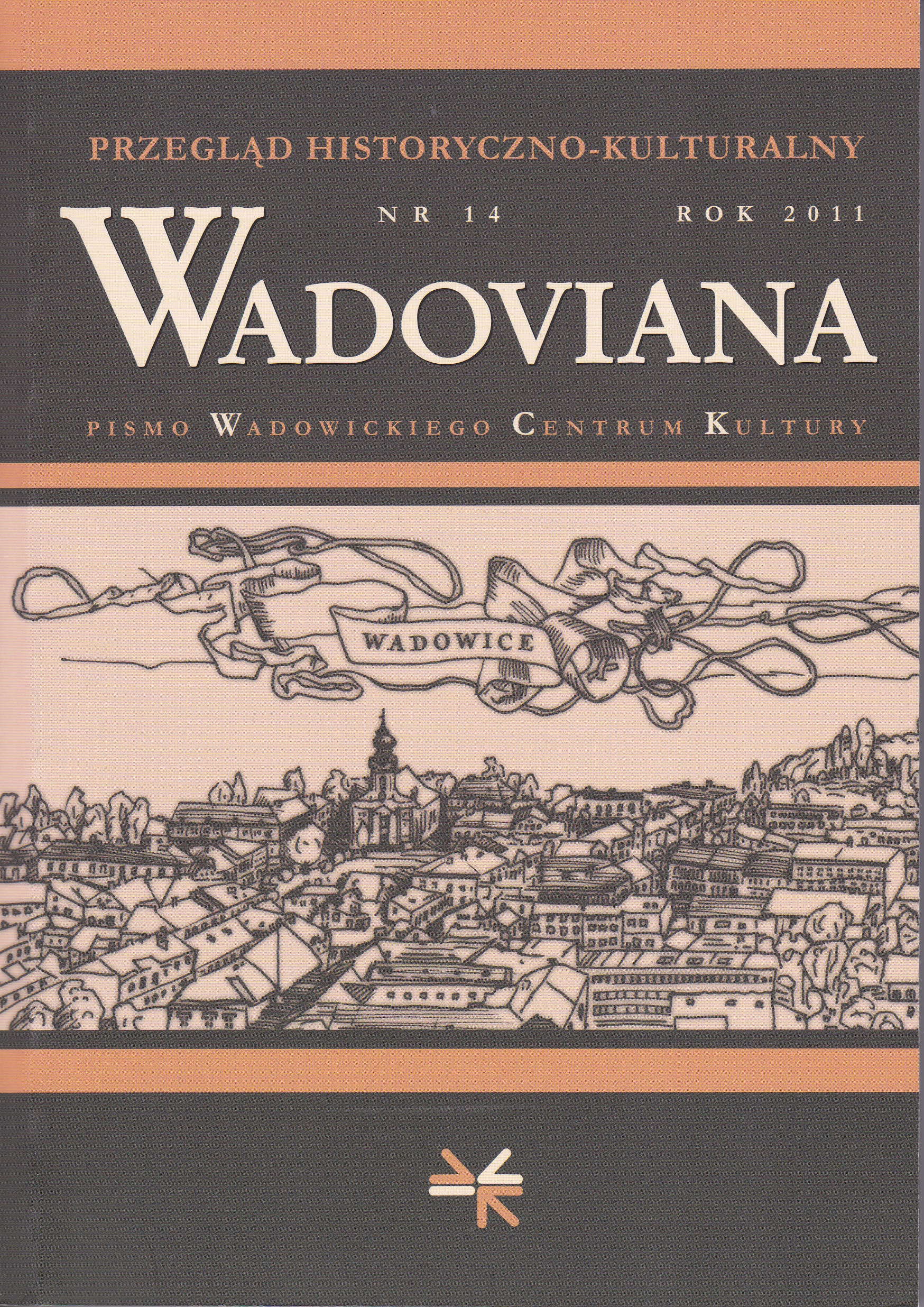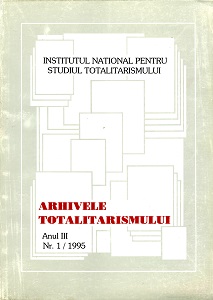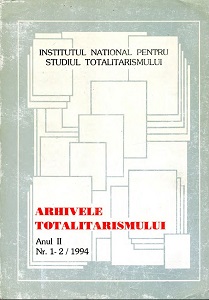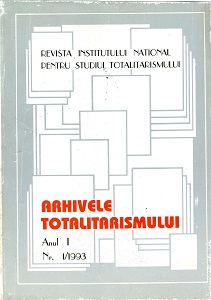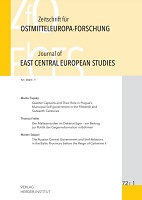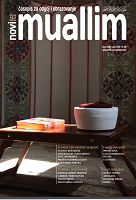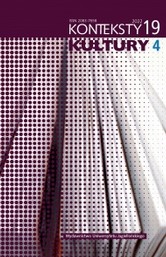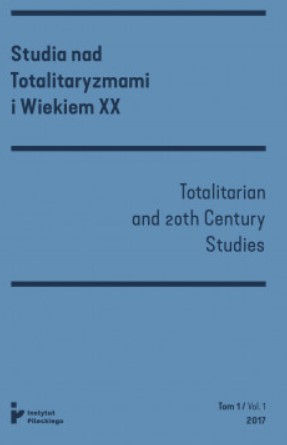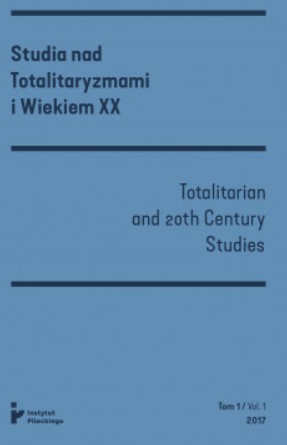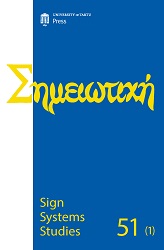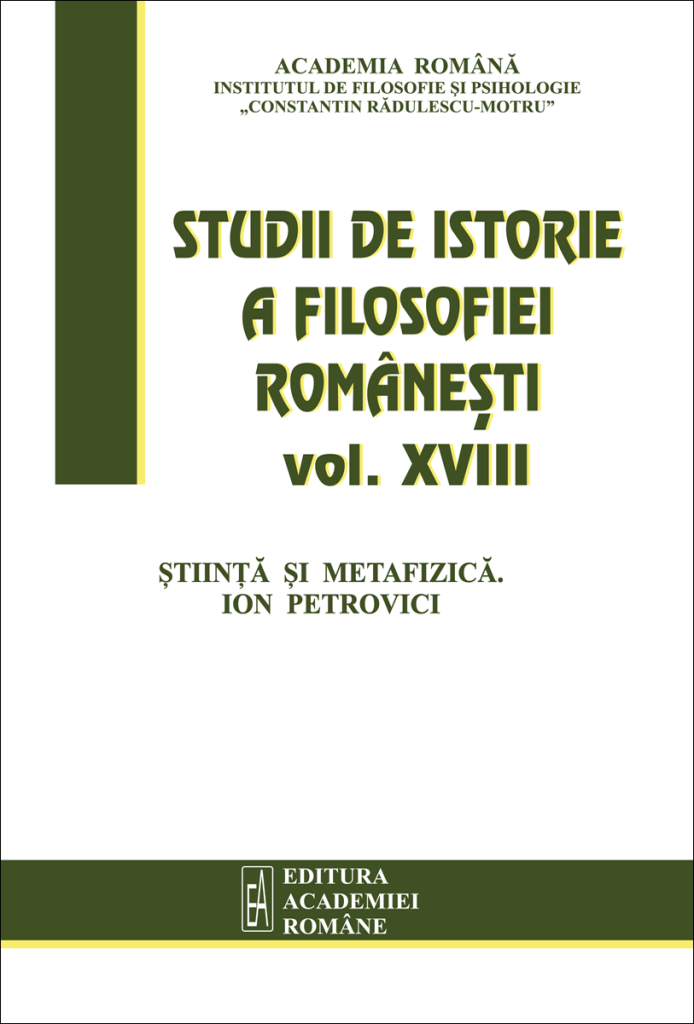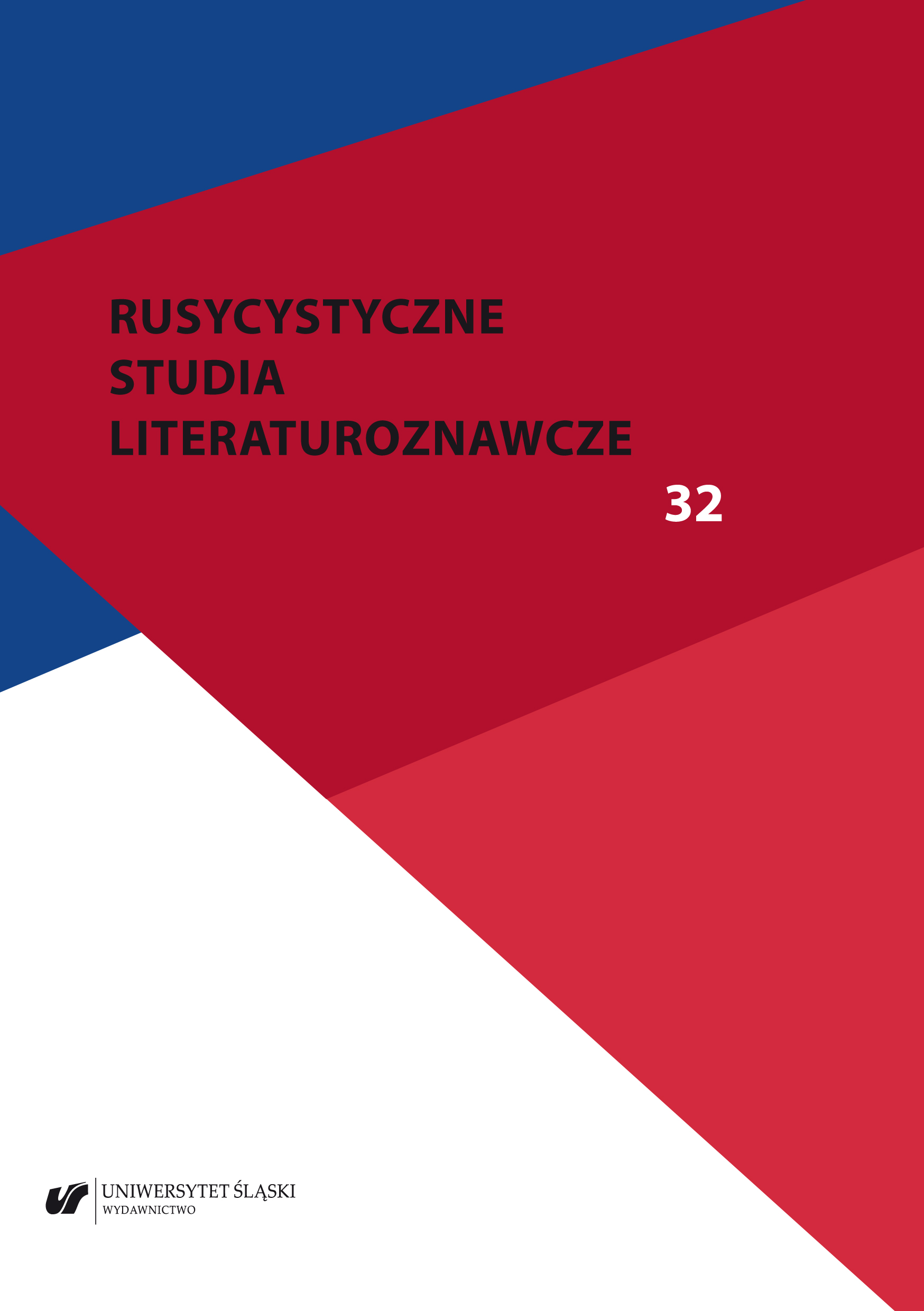
Gieorgija Efrona ewakuacja z Moskwy do Taszkientu jako egodokument czasów wielkiej wojny ojczyźnianej (30 października — 18 listopada 1941)
Grzegorz Ojcewicz’s article offers an analysis of a unique, meticulous report created by a teenager during his train journey from Moscow to Tashkent (30 Oct — 18 Nov 1941). In his Diaries, the son of Marina Tsvetaeva, during his evacuation from the capital city to Central Asia, reports everything he witnesses and provides his quick-witted commentary upon it. The 16-year-old Mur reveals — to himself and to the reader — his true motives behind the difficult decision to leave Moscow: his deep desire to reach Ashgabat and meet his only friend, Dmitry Sezeman there, as the two had had a fair share of experiences together during their stay in Paris. A series of long stops in the middle of nowhere or at rundown Soviet train stations provide the young man with numerous observations on the nature of Russia and the Russian people. This ego-document serves as a valuable historical resource not only on the life of Efron himself, but on the evacuation conditions of ordinary citizens of the USSR during the Great Patriotic War as well.
More...
